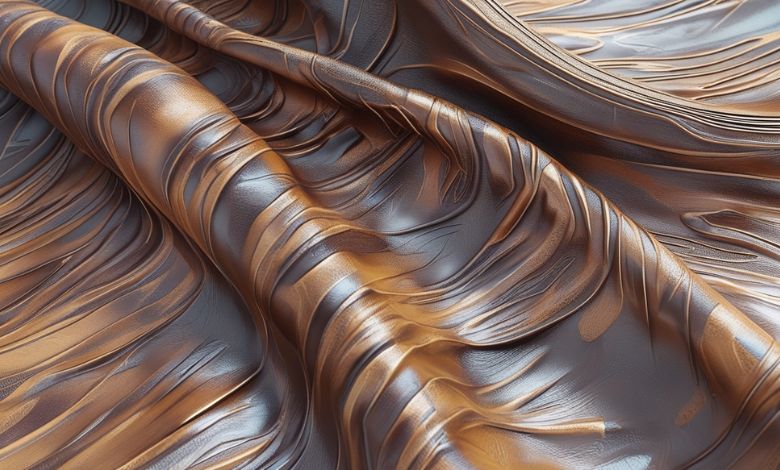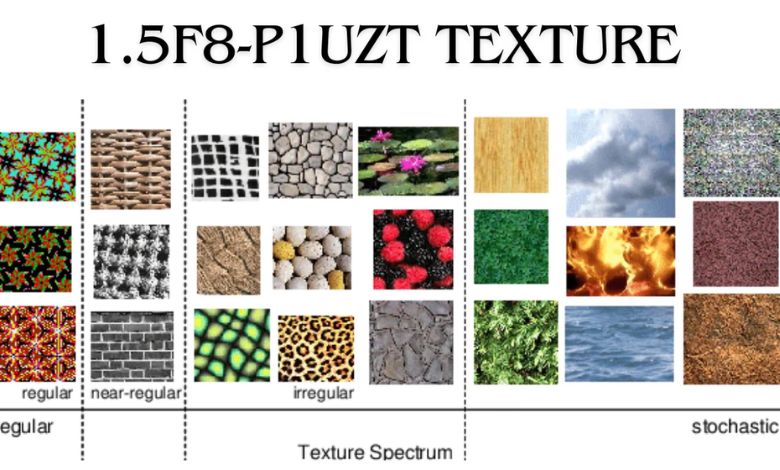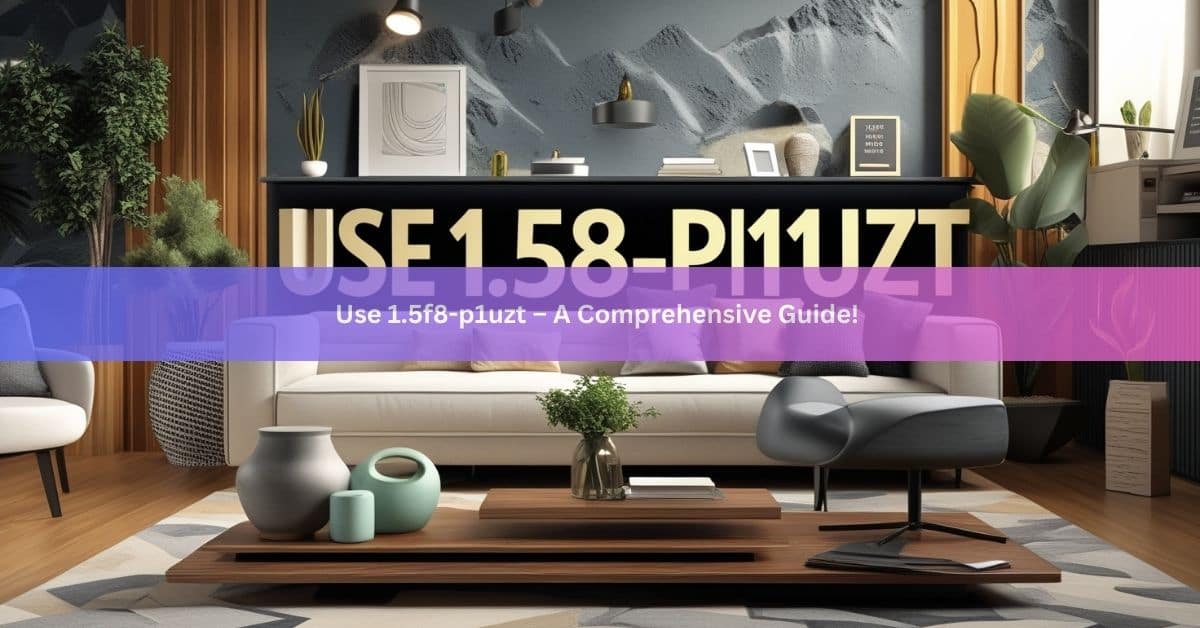If you’re exploring the world of 3D design or product visualization, you’ve probably come across the term “use 1.5f8-p1uzt.” This guide will walk you through everything you need to know about this innovative texture, how it can enhance your designs, and why it’s essential for professionals and hobbyists alike. This article will also include practical examples, tips for optimizing your workflow, and related FAQs to ensure you leave with a thorough understanding of the topic.
What Is “Use 1.5f8-p1uzt”?
The term “use 1.5f8-p1uzt” refers to a specific texture format or material finish used in 3D design and product visualization. It plays a crucial role in enhancing the realism of 3D models by providing surfaces with highly detailed and lifelike finishes. This texture can replicate materials like wood, metal, fabric, or even unique synthetic textures, making it a versatile tool for artists and designers.

Core Benefits of Using 1.5f8-p1uzt in 3D Design
- Enhanced Realism: The texture adds depth and complexity to models, giving them a life-like appearance.
- Improved Visual Communication: Helps clients and stakeholders better understand product concepts through realistic rendering.
- Time-Saving: By using pre-designed textures like 1.5f8-p1uzt, designers can save time compared to manually creating intricate finishes.
- Versatility: The texture is compatible with a wide range of 3D software, making it accessible for various use cases.
Also Read: NTCWCA Project Officer – A Comprehensive Guide!
Why Use 1.5f8-p1uzt?
This texture is particularly popular because it strikes the perfect balance between aesthetics and efficiency. It’s commonly used by:
- Industrial Designers to showcase prototypes.
- Interior Designers for virtual room planning.
- Game Developers to create immersive environments.
- Product Marketers for advertising campaigns.
Applications of 1.5f8-p1uzt Texture
- 3D Product Visualization: Imagine you’re creating a product prototype. Applying a 1.5f8-p1uzt texture can simulate the finish of the actual product, like glossy plastic or brushed steel, making it ideal for presentations and marketing.
- Architectural Rendering: Whether you’re designing a home or a skyscraper, realistic textures bring designs to life, helping clients visualize spaces before construction begins.
- Virtual Reality (VR) and Augmented Reality (AR): As AR and VR continue to grow, textures like 1.5f8-p1uzt ensure that virtual objects appear as realistic as their physical counterparts.
How to Use 1.5f8-p1uzt Texture in 3D Software
Using this texture effectively depends on the 3D software you’re working with. Here’s a step-by-step guide for some of the most popular tools:
Blender
Blender is an open-source software widely used for 3D modeling and rendering. Here’s how to apply the 1.5f8-p1uzt texture:
- Import the texture file into Blender.
- Assign it to the material of your model.
- Use UV mapping to ensure the texture aligns perfectly with the model’s surface.
- Adjust lighting and shading settings for optimal results.
Autodesk Maya
Maya is a go-to tool for professionals in film and game development. Here’s how you can use 1.5f8-p1uzt:
- Add the texture to your material library.
- Use procedural mapping tools to apply it to complex shapes.
- Optimize rendering settings to reduce processing time.
Unreal Engine
For game developers, applying 1.5f8-p1uzt in Unreal Engine involves:
- Importing the texture into the engine’s library.
- Attaching it to materials within your level editor.
- Combining it with lighting effects to achieve photorealism.
Also Read: Coldwell Banker Homes Josie O Toole!
Best Practices for Using 1.5f8-p1uzt Texture
To maximize the effectiveness of the texture, keep these tips in mind:
Optimize Texture Resolution
High-resolution textures deliver better results, but they can increase rendering times. Use the appropriate resolution for your project to balance quality and performance.

Use Realistic Lighting
Lighting is just as important as textures in achieving realism. Pair 1.5f8-p1uzt with HDRI lighting for stunning results.
Test Across Different Devices
If your design will be viewed on various platforms, ensure the texture renders correctly across all devices.
Challenges and How to Overcome Them
Using 1.5f8-p1uzt isn’t without its challenges. Here’s how to tackle common issues:
Compatibility
Not all software supports this specific texture format. Before using it, check the compatibility of your tools.
Performance Issues
Large texture files can slow down rendering. Use compression techniques or lower resolutions for less critical elements.
Also Read: Kiku Island News Midday Reporters – A Comprehensive Guide!
Related FAQs
What is the main purpose of using 1.5f8-p1uzt?
The primary purpose is to add realistic material finishes to 3D models, improving the overall quality and presentation of designs.
Is 1.5f8-p1uzt suitable for beginners?
Yes! While it’s a professional-grade texture, beginners can easily incorporate it into their projects with basic 3D design knowledge.
Which industries benefit the most from 1.5f8-p1uzt?
Industries like product design, architecture, gaming, and marketing benefit significantly from this texture.
Can I create my own 1.5f8-p1uzt texture?
Yes, advanced users can design custom textures using tools like Photoshop or Substance Painter.
Where can I find 1.5f8-p1uzt textures?
These textures are available on popular 3D asset marketplaces or through specialized texture libraries.
Conclusion
The “use 1.5f8-p1uzt” texture has revolutionized the way designers create and visualize 3D projects. Its ability to add unparalleled realism makes it a must-have tool for anyone looking to elevate their 3D designs. Whether you’re a seasoned professional or a beginner, incorporating this texture into your workflow can significantly improve your results.
By following the tips and techniques outlined in this guide, you’ll not only master the use of 1.5f8-p1uzt but also set yourself apart in the competitive world of 3D design.



